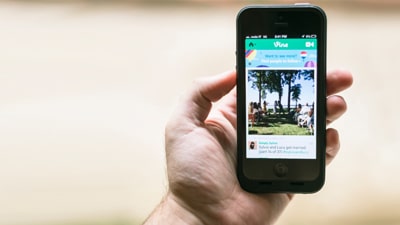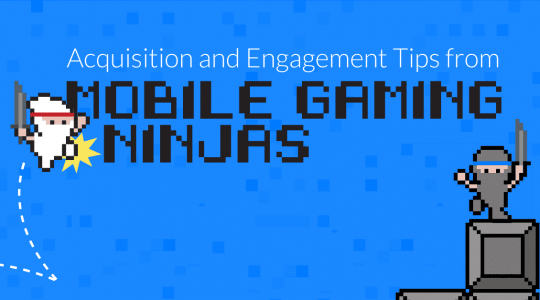
Evidence abounds that people are experiencing advertising fatigue. Mashable’s recent infographic on the topic is only one measurement of this trend. Other indicators include the use of words like “creepy” to describe targeted ads and stats showing that consumers are more likely to become a navy seal than click a display banner.
While brands understand that integrating ads into new media channels is a key way to reach target audiences, consumer behavior shows the downside of blatant, one-way communication – namely, an unwillingness to interact after feeling bombarded by advertising. This major miscommunication frustrates consumers and hurts advertisers trying to build brand affinity.
In response to this consumer-brand tension, a new model called engagement advertising is taking the industry in a different direction. Engagement advertising offers consumers desirable content and interactive features that encourage them to engage with advertisements. In this more dynamic exchange, consumers are attracted rather than repelled by advertisements. The feeling of dodging a chase evaporates as consumers themselves proactively share, learn from, and interact with the ads they encounter.
USA Network and Lowe’s both ran wildly successful engagement campaigns on social platforms this spring and summer, illustrating that the trend can benefit a range of industries, from entertainment to hardware. USA Network promised Facebook users virtual rewards for watching a Graceland trailer on their news feeds, and then invited consumers to enter a virtual Graceland house with a sneak peek of the show.
Lowe’s “Fix in Six” campaign used Vine to offer consumers six-second videos with home improvement tips. By providing quality content – quick and fun demos of handy home enhancements – Lowe’s gave users a reason to share.
The Graceland campaign hit one million views in two weeks, and its video boasted a 94 percent completion rate. Meanwhile, the Lowe’s campaign earned Twitter’s #CreativeFavorites award based on its positive user response and was hailed as “brilliant” by the likes of Business Insider and AdAge.
It’s no wonder that video powerhouses like Tremor are abandoning banner ads to focus on interactive, in-stream videos. USA Network and Lowe’s success stories also contribute to the notion that engagement is the future, as proclaimed by industry pillars like Nick Moore.
The campaign results are impressive. But beyond their performance, current industry trends are creating the perfect environment for the engagement model to thrive:
- Consumers are demanding interaction: Engagement advertising is only one manifestation of the consumer-wide demand for increased interaction. YouTube’s MixBit, for example, is predicted to outpace Vine and Instagram because its video-creation app allows users to edit and craft their own short films. In the gaming world, we have observed the same drive toward interaction – in-game engagement campaigns have performed the best, delivering share rates up to 63 percent.
- Offline channels are ready for change: The engagement model succeeds in verticals beyond big-name social networks and even offline. As Tal Chalozin, CEO of Innovid, has said, “Ultimately, the winner in the TV advertising space will be the company that figures out how to get interactive, engaging ads into every market.” Red Bull’s recent XBox Live campaign drives Chalozin’s point home.
- Privacy concerns are being addressed: If the motivation behind data collection is “figuring out” which consumers are interested in certain ads, the engagement model relieves some of that necessity. When consumers opt-in to engagement, advertisers don’t feel the same pressure to seek out receptive audiences in ways that push the privacy line.
In the rapidly evolving age of in-stream ads and consumer control, engagement advertising might just be the solution the industry needs.
Author
Becky is the Senior Content Marketing Manager at TUNE. Before TUNE, she handled content strategy and marketing communications at several tech startups in the Bay Area. Becky received her bachelor's degree in English from Wake Forest University. After a decade in San Francisco and Seattle, she has returned home to Charleston, SC, where you can find her strolling through Hampton Park with her pup and enjoying the simple things between adventures with friends and family.



